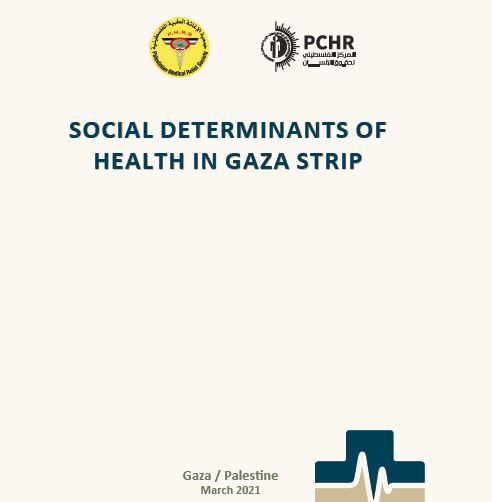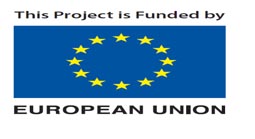
Ref: 23/2021
Date: 16 March 2021
On Tuesday, 16 March 2021, the Palestinian Medical Relief Society (PMRS) and Palestinian Centre for Human Rights (PCHR) issued a new report: “Social Determinants of Health in the Gaza Strip.” The report aims to address the social determinants of health and health inequalities in the Gaza Strip and to urge decision makers and stakeholders to take action in an attempt to improve health, education and housing sectors as well as social and political policies. The report informs decision makers on the impact of their decisions on the health of the Gaza Strip population.
It should be noted that the report used primary and secondary sources and reviewed national and international documents and literature, in addition to in-depth interviews with five key resources in the Gaza Strip.
The report contains data about the social determinants of health according to the following topics: access to education and its quality; economic stability; environmental factors; political situation; health system; health policies, laws and regulations; social and cultural factors; individual behavior; and biological and genetic factors.
The report offered a series of conclusions, most prominently:
The report also presents recommendations as it calls upon the international community to practice pressure on Israel in order to lift the closure imposed on the Gaza Strip and end its occupation of the Palestinian territory. The report also demands the national policy-makers at the level of the Palestinian health system to set effective strategies in order to treat and improve the social determinants of health and to end health inequities.
It should be mentioned that this report is published as part of the “Promote, Respect, and Fulfill the Right to the Highest Attainable Standard of Health in the Gaza Strip” project implemented by PCHR in partnership with PMRS and funded by the European Union.
